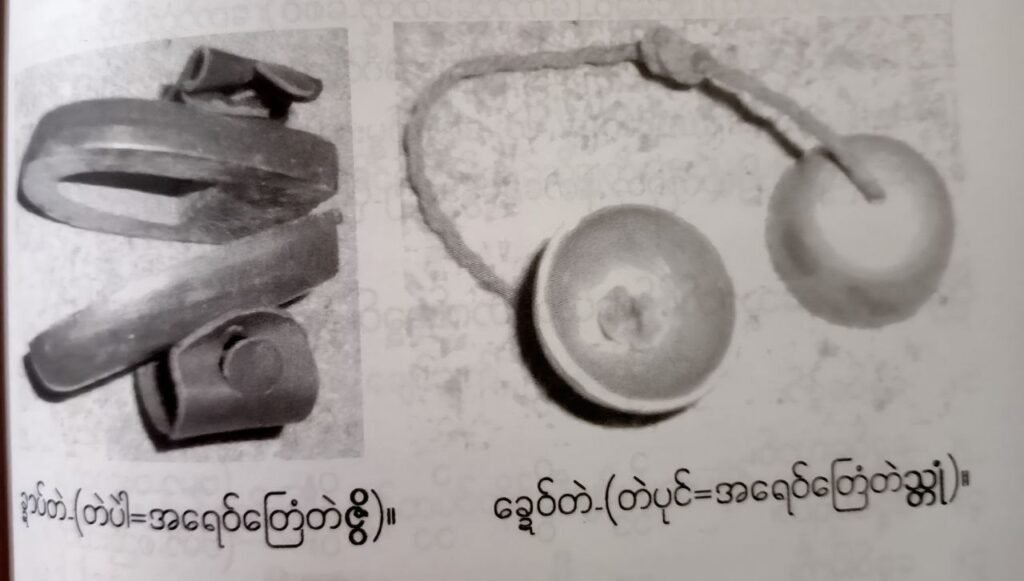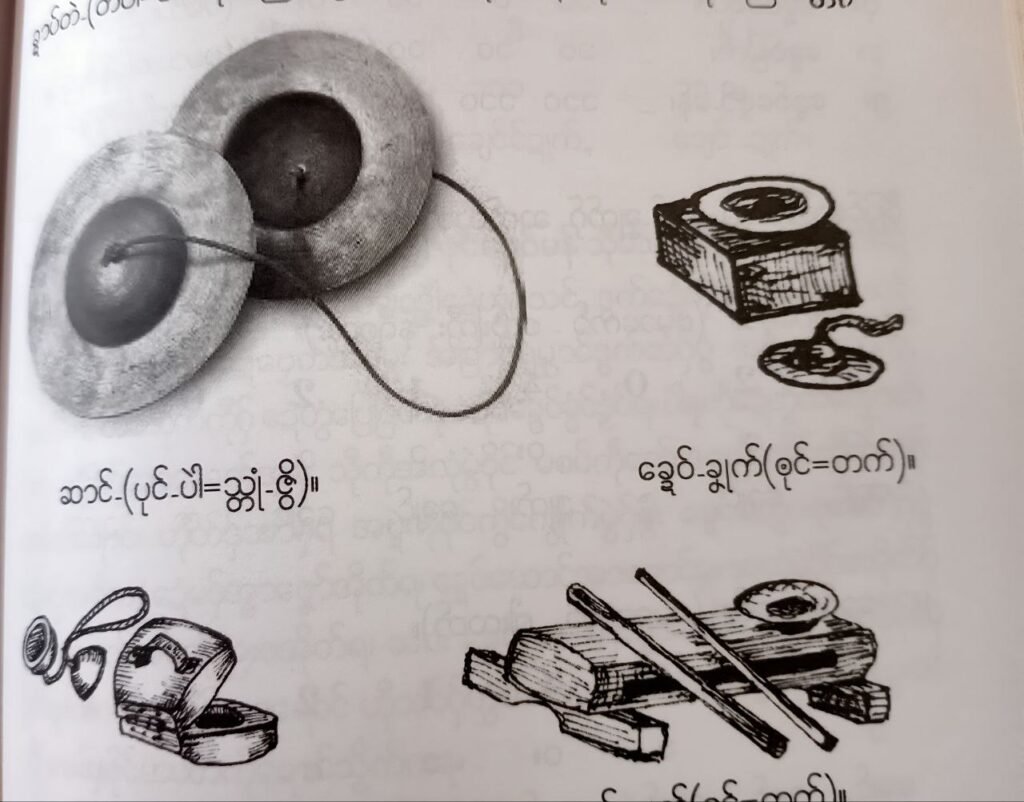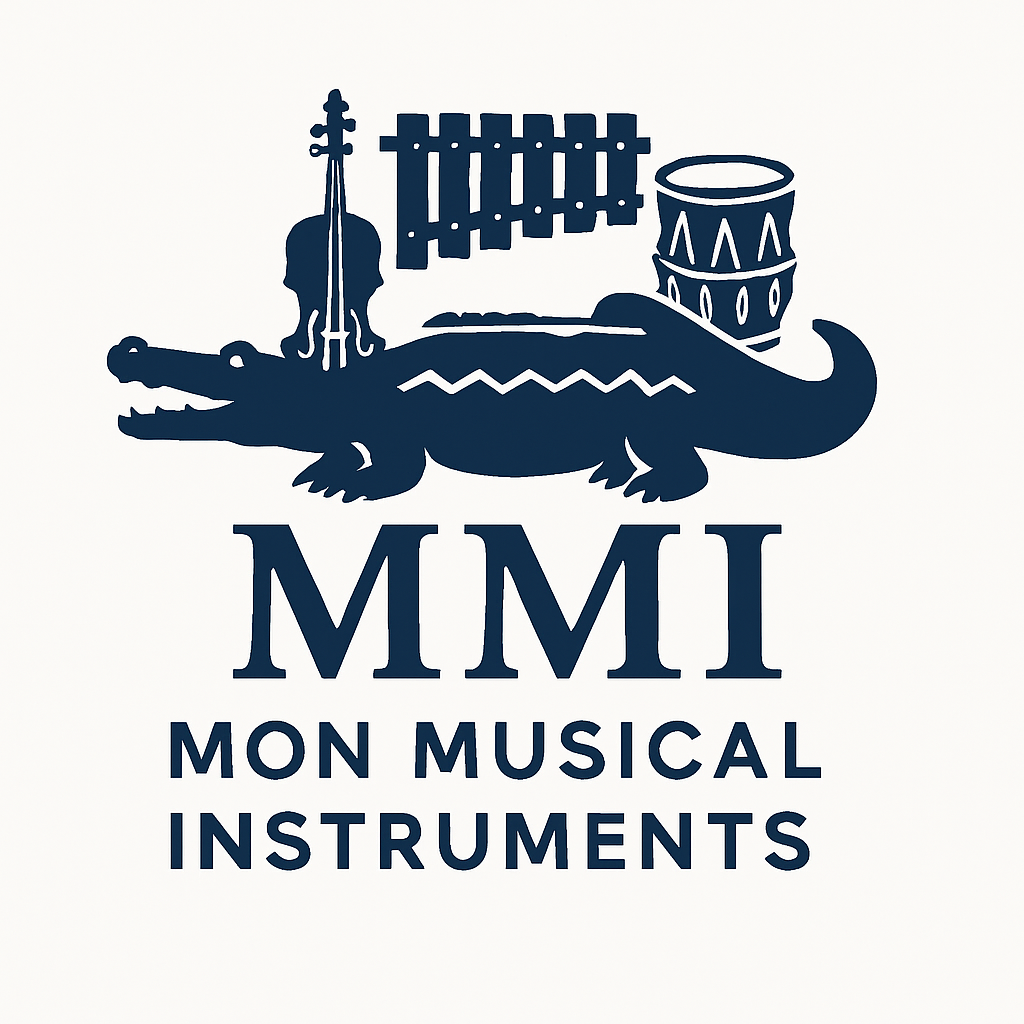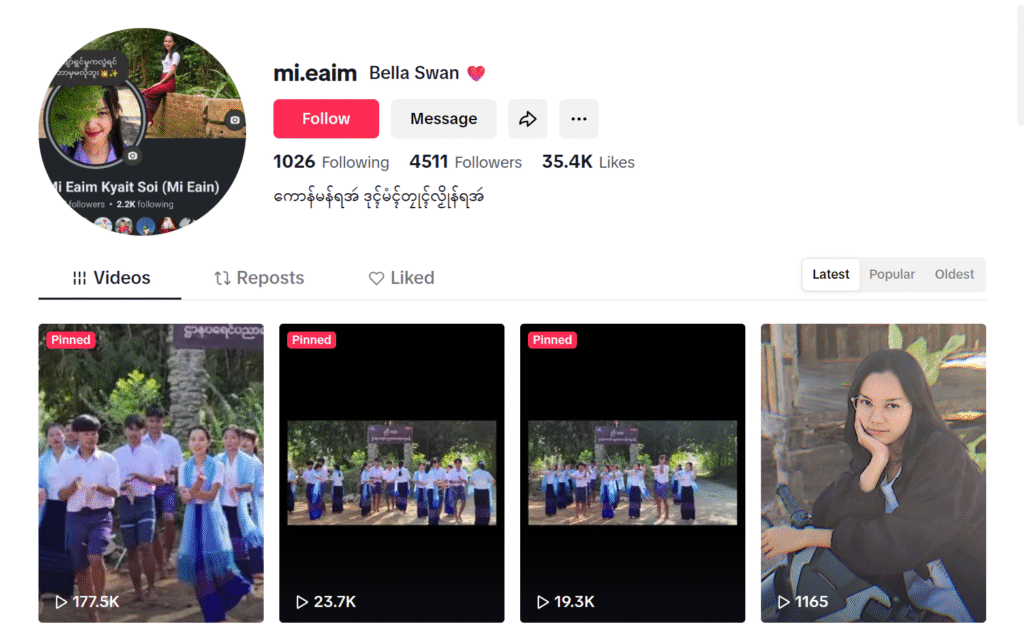What are brass instruments?
When a player buzzes their lips into a mouthpiece, brass instruments—metal wind instruments—make sound. Usually constructed of brass, they alter pitch using slides or valves. They are frequently used in bands, orchestras, and other musical genres and are well-known for their bright and forceful tone.
The traditional brass instruments of the Mon people have a strong cultural and religious significance. Usually, talented craftspeople use metals like copper alloys, bronze, or brass to handcraft these instruments. Casting, shaping, and occasionally engraving or decorating with symbolic motifs are all steps in the manufacturing process.
Festivals, temple rituals, and social events are the main occasions when brass instruments are employed in Mon music. Their powerful, resonant voices are used to lead processions, announce significant events, or provide accompaniment for theatrical productions and traditional dances.
Brass instruments frequently accompany drums, gongs, and other percussion or stringed instruments in Mon music because of its communal character, which results in a rich, multi-layered soundscape.
Typical Mon Brass Instrument Types
Hne (or Hnei): a kind of conventional trumpet or horn, usually composed of brass. It creates a clear, loud tone that is used for musical melodies or ceremonial calls. The hne may have ornamental carvings and is frequently straight or curved.
Long Trumpet: This instrument, which produces deep and powerful notes, can be quite lengthy and is used in rituals and celebrations. Like other brass instruments around the world, it is played by buzzing the lips into the mouthpiece.
Brass Cymbals: Although they are technically percussion, brass cymbals are an essential part of Mon ensembles. They add rhythmic accents and are frequently used to indicate tempo changes or the beginning and conclusion of sections.
Mon Brass Gong: Bigger gongs occasionally have brass parts that are supported or framed.
Significance and Function: In addition to adding to the musical diversity, mon brass instruments stand for spiritual kinship and communal cohesion. During holy occasions, their noises are thought to ward off evil spirits and call forth blessings.


References
Myanmar Gamelan. (2013, September 10). Instruments. Myanmar – WordPress.com. Retrieved July 3, 2025, from https://myanmargamelan.wordpress.com/instruments/
UNESCO ICHCAP. (2014, February 7). Mon traditional crescent gong [PDF]. International Information and Networking Centre for Intangible Cultural Heritage in the Asia-Pacific Region under the Auspices of UNESCO (ICHCAP). https://archive.unesco-ichcap.org/eng/ek/pdf/mon.pdf
Wongraman., O. P. (2022). Research on Classical Mon Music, Songs and Dances.


